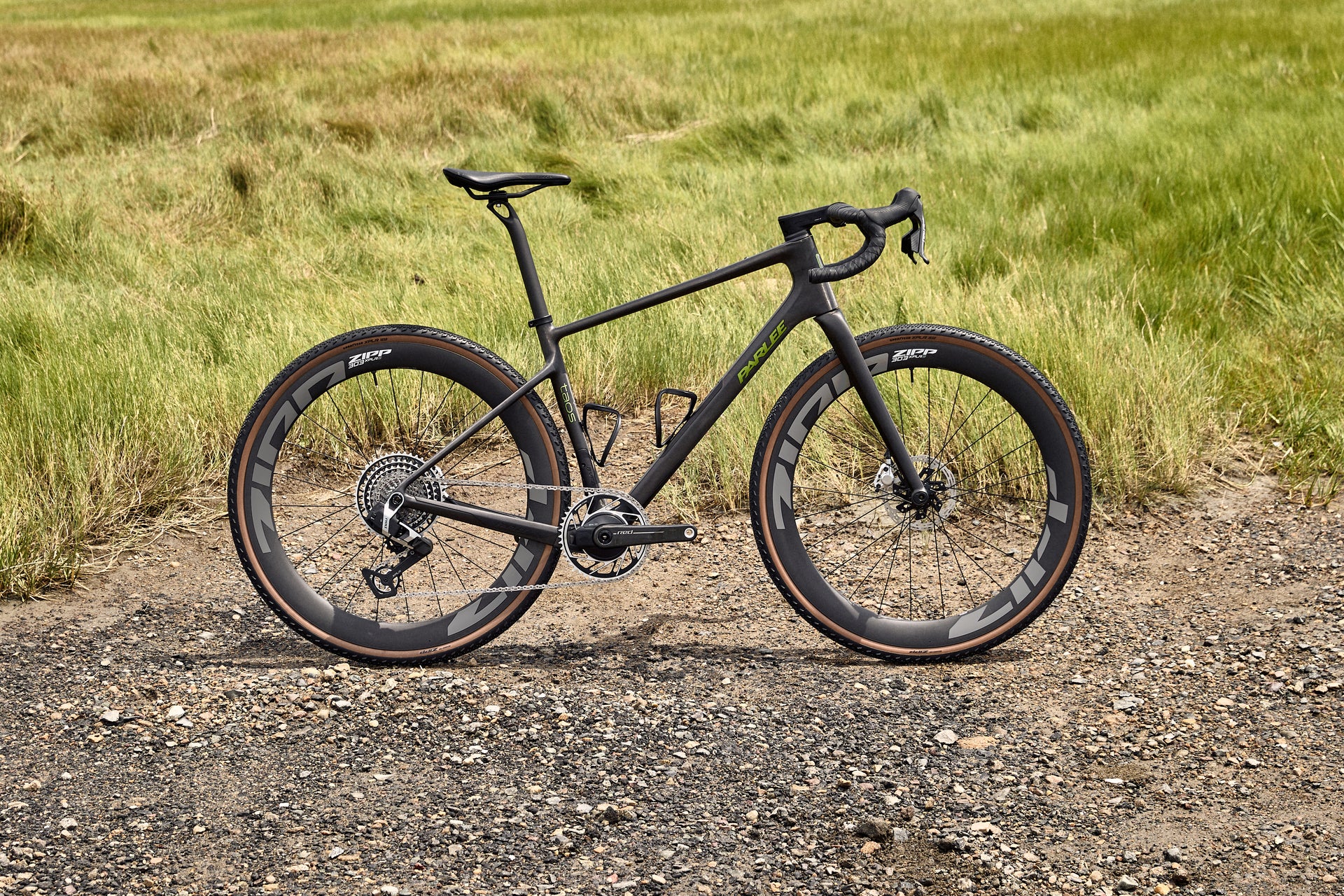All Posts
What Is 3D Rendering?
Curious to learn more about 3D rendering? We've got you covered. Click here to lead all about the 3D rendering process, the benefits of 3D versus 2D, and more.

Are you seeking ways to reduce costs and captivate customers simultaneously? Look no further. The realm of 3D rendering has evolved exponentially in recent years, producing results that are indistinguishable from reality. If you have heard the term "3D rendering" or "computer-aided design" but are not quite sure what they entail, you are in the right place. In this article, we will unravel the mysteries of 3D rendering and illustrate how it can benefit your business.
Understanding 3D Rendering:
At its core, 3D rendering involves creating a three-dimensional digital representation of an object. These 3D digital renderings come in various forms, such as:
- Computer-generated animation (CGI) in the film industry
- Virtual 3D floorplans
- Interactive 3D product viewing experiences
- Billboards and advertisements
- Immersive video games
Exploring Computer-Aided Design (CAD):
Computer-aided design, or CAD, has been a part of various manufacturing sectors since the 1960s, including the automobile and aerospace industries. CAD encompasses both 2D and 3D modeling of materials and physical objects, yielding designs like blueprints, electrical circuits, product concepts, and simulations. CAD software is highly specialized and is utilized by architects, engineers, hobbyists, 3D artists, and graphical artists.
The essence of 3D Rendering:
3D rendering, in the business context, refers to the comprehensive process of creating three-dimensional objects. The resulting 3D product renderings are photorealistic images that offer businesses a glimpse of their product's appearance post-manufacturing, while also showcasing customers how it will look upon delivery.
The Workflow of 3D Rendering:
The 3D rendering process is intricate and demands robust computing power. It comprises several steps, with the time and complexity of each contingent on project requirements. The fundamental steps include:
- The pre-production "concept" phase
- Designing models for the scene
- Applying realistic materials (e.g., wood) to models
- Simulating lighting for enhanced realism
- Rendering the model in ultra-high detail to create photorealistic snapshots
- Post-processing to refine and correct details
3D Rendering for Businesses:
The utilization of 3D renders has a rich history, dating back to the 1980s when interior designers and architects began using it to streamline design prototyping. Today, professionals across all industries employ 3D rendering to modernize and enhance their workflows. It is gradually replacing photography as a cost-effective, efficient, and reliable alternative.
3D Rendering vs. Photography:
While the end results of 3D visualization and photography may seem conceptually similar, there is a fundamental difference. A camera captures a moment in time as a 2D representation, with scene, lighting, background, props, and camera angle predetermined. In contrast, a 3D model exists in a virtual space, devoid of the limitations of traditional photoshoots.
3D rendering offers flexibility in ambient lighting and camera angles, and it eliminates the need for physical presence, making it suitable for oversized products. Lighting is simulated and adjustable, while 3D models can be resized and modified retroactively. This versatility makes 3D rendering an essential stage in a product's lifecycle.
Why 3D Rendering Is Cost-Effective:
One of the most appealing aspects of 3D rendering is its cost-efficiency. It surpasses photography in terms of cost-effectiveness due to factors like:
- No need for physical products
- No overhead costs for expensive equipment
- No expenses for physical environments
- No concerns about natural lighting
- No need for reshoots to make edits
- No need for reshoots to implement minor adjustments
Showcasing Products with 3D Rendering:
When 3D rendering is employed for product showcasing, customers can inspect products from various angles and against diverse backdrops. Beyond its cost-effectiveness, a 3D product configurator offers interactivity, engaging customers and potentially boosting conversion rates by up to 40%.
This interactivity allows customers to explore products extensively, beyond just colors. With effective design strategies, customers can customize products, adding or removing components at will. For instance, an online bicycle retailer can offer options such as lights, saddles, suspensions, and mudguards.
In conclusion, 3D rendering is a diverse and expanding field with extensive potential applications, from training videos and digital classrooms to business suites. It engages audiences, enhances immersion, and, when used effectively, increases conversions, cultivating a loyal customer base.
Power Up Your Business with 3D Rendering:
At Missoun, we have harnessed over 20 years of manufacturing expertise to develop a comprehensive cloud platform that helps manufacturers enhance productivity, reduce time-to-market, and increase revenue. Our 3D product configurators boost customer conversion rates and streamline the sales pipeline.
Connect with us today to schedule a free demo and unlock the potential of 3D rendering for your business.




